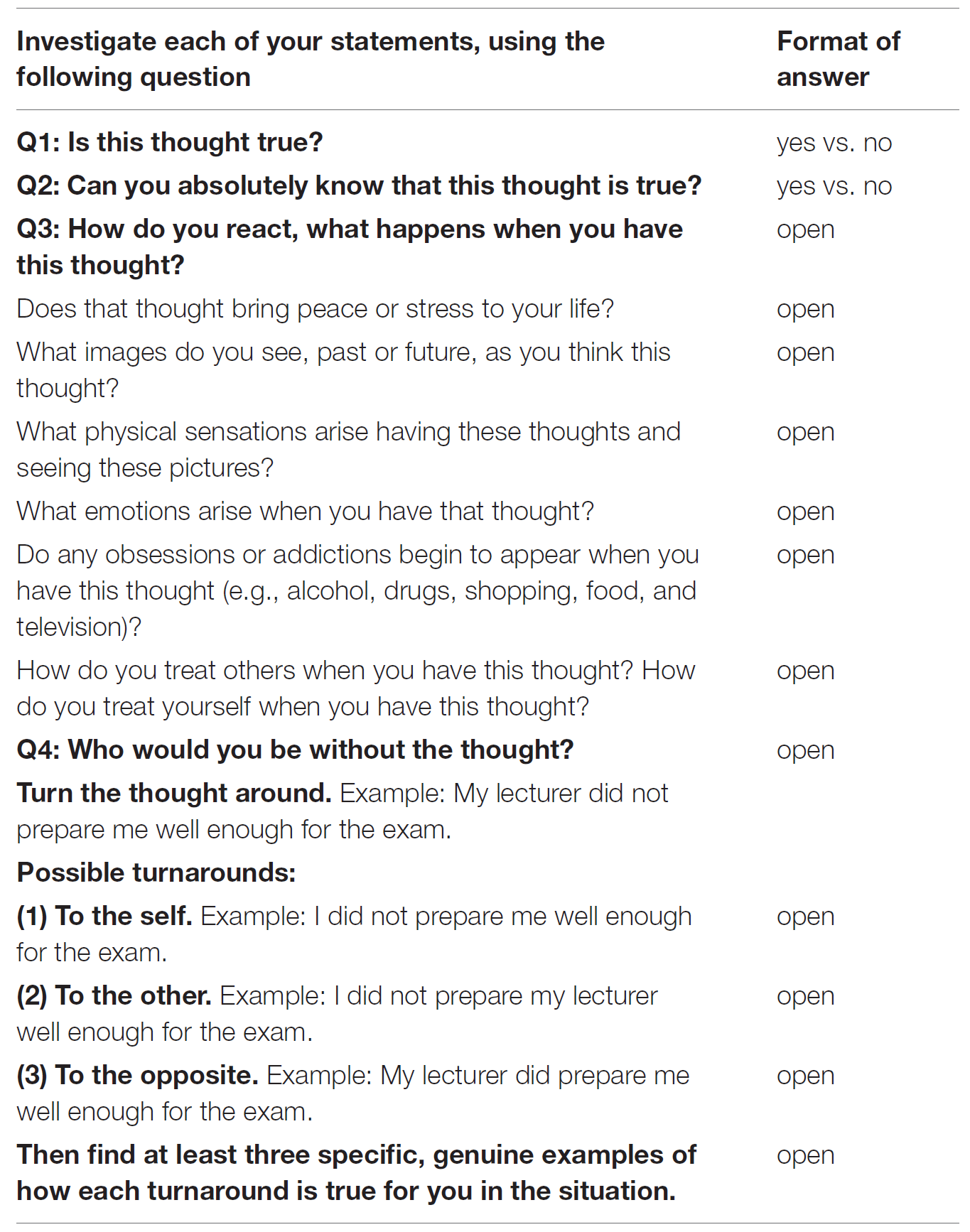
A study that was recently published in Frontiers in Psychology suggests that a novel cognitive technique can reduce anxiety and procrastination.
The study was motivated by prior research, which shows that people often procrastinate because they’re anxious about a task that they have to complete. In many cases, this anxiety can occur as a result of issues with people’s self-efficacy, which reflects their belief in their ability to perform the actions needed to achieve their goals
Specifically, the present study focused on students’ test anxiety, which can occur when students have low self-efficacy with regard to their ability to successfully study for a test, and which is often accompanied by consequent academic procrastination.
In the study, 71 university students interested in dealing with test anxiety and/or academic procrastination were divided into a control group and an intervention group. Both groups attended an initial seminar where they considered a specific testing situation that they found frightening, and wrote down their beliefs about it in a systematic manner.
Participants in the intervention group then attended another seminar, where they learned to investigate their stressful thoughts using a method called inquiry-based stress reduction (IBSR). This method is based on Byron Katie’s book “Loving What Is: Four Questions That Can Change Your Life“, and is also referred to as “The Work” or “inquiry”. The researchers in the present study describe this method as follows:
The IBSR method uses a specific set of questions to allow for the identification and exploration of stressful cognitions (e.g., “I am not able to study sufficiently”). In a first step, participants reflect on the emotions (e.g., test anxiety), effects (e.g., procrastination), causes (e.g., negative experiences in school), benefits (e.g., short-term relief from anxiety), and dysfunctionality (e.g., lower achievement) of their stressful cognition in an experiential manner. In a second step, participants are encouraged to imagine reality without the distortions caused by the stressful cognition, this way allowing for a new and potentially more positive experience (e.g., feelings of relief or curiosity). In a last step of the IBSR method, participants are guided to find concrete evidence for the validity of the opposite of their stressful cognitions (e.g., “I am able to study sufficiently”) and to explore whether the opposite could also be true.
In the present study, this approach was implemented as follows.
First, participants questioned the validity of their stressful thoughts, by answering two important yes/no questions:
- “Is this thought true?”
- “Can you absolutely know that this thought is true?”.
Then, participants reported the mental pictures that they associated with the stressful thoughts, as well as the emotions and bodily sensations that they experienced while thinking those thoughts, and also reflected on the effects, causes, benefits, and functionality of the thoughts. This was prompted by answering the following open-ended questions:
- “How do you react, what happens when you have this thought?”
- “Does that thought bring peace or stress to your life?”
- “What images do you see, past or present, as you think this thought?”
- “What physical sensations arise having these thoughts and seeing these pictures?”
- “What emotions arise when you have that thought?”
- “Do any obsessions or addictions begin to appear when you have this thought (e.g. alcohol, drugs, shopping, food, and television)?”
- “How do you treat others when you have this thought? How do you treat yourself when you have this thought?”
Then, participants were asked to answer the following question, to help them “to perceive reality without the distortions caused by the stressful cognitions and to experience how they would feel without them”:
- “Who would you be without the thought?”
While doing this, participants also explored the opposite of their initial beliefs, by turning those beliefs around. For example, this can involve turning the initial belief that “I am not able to study properly” into the opposite belief that “I am able to study properly”. Finally, participants were asked to find evidence that supports the positive, opposite belief that they generated.
The questions used in each of these steps appear in the image below:

In addition, after the seminar, participants in both groups received a diary, and participants in the control group were asked to identify stressful situations and related thoughts on a daily basis for a week, while participants in the intervention group were asked to explore their thoughts using the IBSR method for the same amount of time.
After analyzing the outcomes of the study, the researchers found that the IBSR method increased participants’ self-efficacy, and decreased their test anxiety as well as their tendency to engage in academic procrastination. This, together with the fact that this method is easy to implement, makes it an attractive solution for people struggling with anxiety and procrastination. As the researchers note:
“[the IBSR method] is guided by a simple and clear defined set of questions, allowing for a structured way of self-inquiry. As a consequence, the practice of IBSR does not require a therapeutic setting. This makes the IBSR method easily available and potentially helpful to anyone who wants to change their negative thinking.”
As such, if you suffer from anxiety or procrastination, consider implementing the IBSR method as outlined above, together with other effective anti-procrastination techniques, such as visualizing your future self and adopting an external perspective.
Summary and main takeaways
- People often procrastinate when they’re anxious about tasks that they have to complete, and this anxiety can occur due to issues with self efficacy, which is people’s appraisal of their ability to complete tasks.
- A technique called inquiry-based stress reduction (IBSR) has been shown to increase students’ self-efficacy, and decrease their test anxiety as well as their tendency to engage in academic procrastination.
- Because of this, and because this technique can be implemented in a self-guided manner, it can be used to help people deal with negative patterns of thinking in a variety of situations.
- The IBSR method involves first identifying stressful thoughts (e.g. “I’m not capable of studying properly”), questioning the validity of those thoughts, and reflecting on the nature of those thoughts and how they make you feel.
- Then, people using this technique are encouraged to consider thoughts that are opposite the original stressful thoughts (e.g. “I am capable of studying properly”), and find evidence in support of those thoughts.